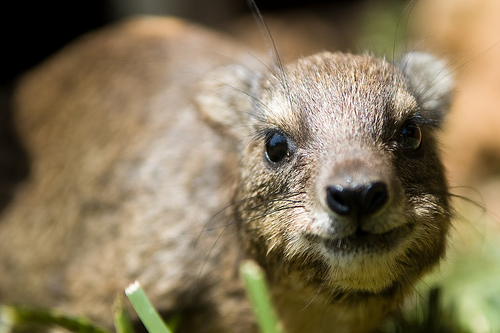Some climate scientists take ice samples from glaciers to understand climate history going back thousands of years. Some take samples from trees. And some scientists take samples of dried-up layers of 1,000-year-old pee belonging to small fuzzy creatures called rock hyraxes.
“Hyraxes use the same place to pee every day,” said project leader Brian Chase of Montpelier University in France. “The crucial point is that hyrax urine — which is thick and viscous and dries quickly — contains pollen, bits of leaves, grasses, and gas bubbles that provide a clear picture of the climate at the time.”
Hyrax communities also tend to settle in at particular spots. So these pee records can go back millennia — scientists found one spot where hyraxes have been peeing for 55,000 years. By analyzing these pee-piles, scientists can piece together how, say, retreating glaciers affected the climate in South Africa.
We have to give it to the rock hyraxes. This may be the most useful pee we’ve ever seen.



